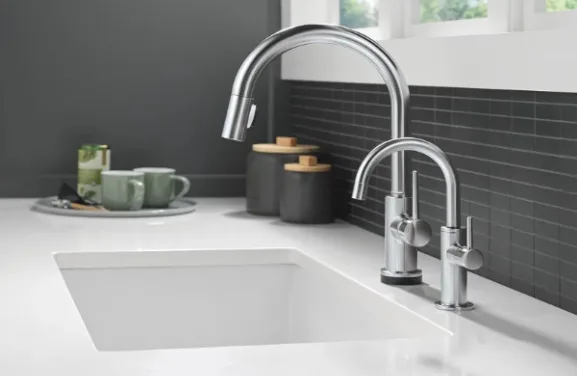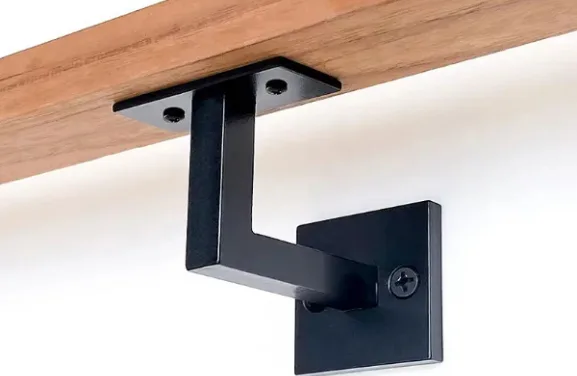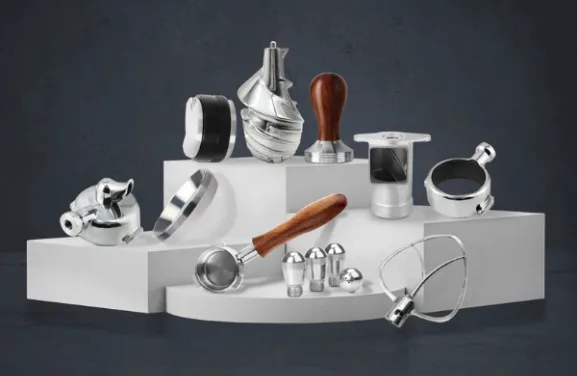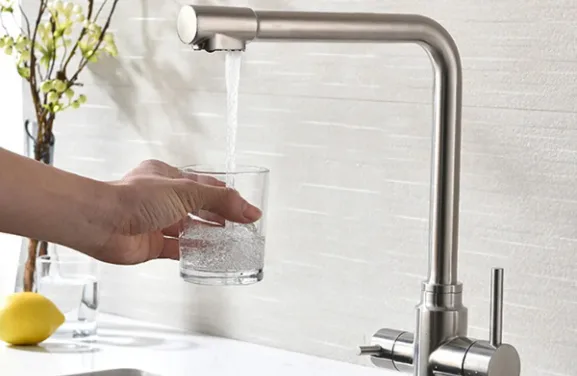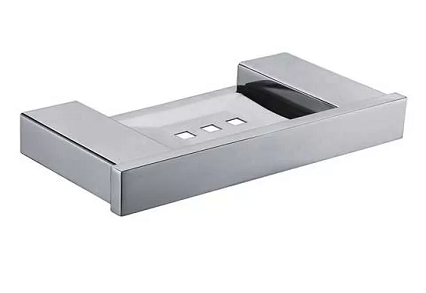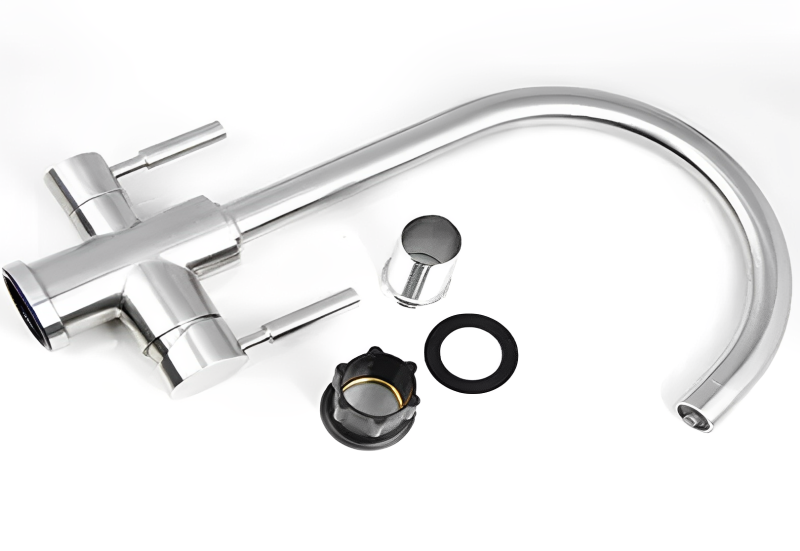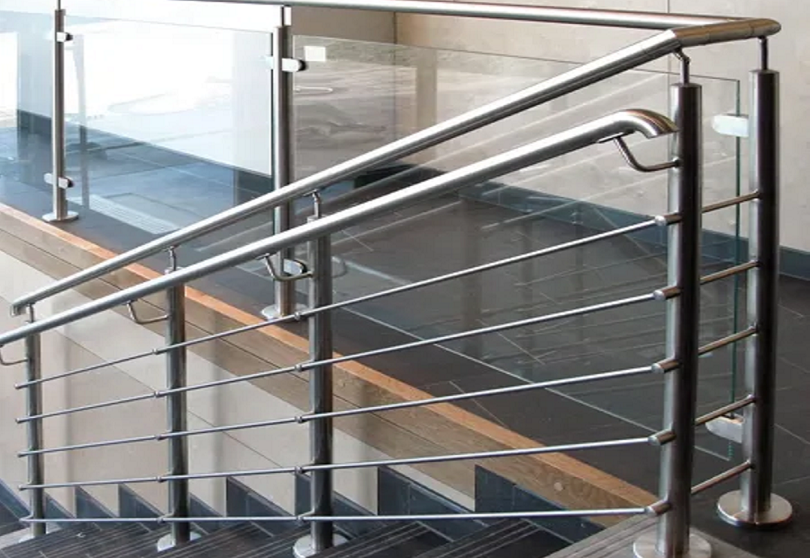
How a Coffee Grinder Works: Breakdown of Its Main Parts
- By:ABLINOX
- 2025-07-17
- 413
The Essential Parts of a Coffee Grinder Machine
Coffee grinders are crucial tools for achieving the perfect grind consistency, which directly impacts the flavor and quality of your coffee. Whether you use a blade grinder or a burr grinder, understanding the key components can help you maintain your machine and optimize your grinding process. Below, we break down the essential parts of a coffee grinder machine.
1. Hopper
The hopper is the container at the top of the grinder where whole coffee beans are stored before grinding. It typically has a lid to keep the beans fresh and protect them from moisture and contaminants. Some advanced models feature airtight hoppers to preserve bean freshness for longer periods.
2. Grinding Mechanism
This is the core of the grinder, responsible for breaking down coffee beans into grounds. There are two main types:
-
Blade Grinder: Uses a spinning propeller-like blade to chop beans inconsistently.
-
Burr Grinder: Uses two abrasive surfaces (burrs) to crush beans uniformly. Burr grinders can be flat or conical and are preferred for precision grinding.
3. Burrs (In Burr Grinders)
-
Flat Burrs: Two parallel rings with sharp ridges that grind beans between them.
-
Conical Burrs: A cone-shaped inner burr and an outer ring, often considered quieter and more durable.
4. Motor
The motor powers the grinding mechanism. Higher-wattage motors provide more consistent performance, especially for large batches or dense coffee beans.
5. Grind Size Selector
Most burr grinders allow users to adjust the coarseness or fineness of the grind. This can be a dial, knob, or digital setting, depending on the model.
6. Grounds Container (Catch Cup)
The container that collects the ground coffee after grinding. It is usually removable for easy transfer to a coffee maker or portafilter. Some premium models include anti-static technology to reduce mess.
7. Dosing Chamber (In Some Models)
Advanced grinders may have a dosing chamber that measures the exact amount of coffee grounds before dispensing them, ensuring consistency for espresso shots.
8. Timer or Dose Control
Many electric grinders feature programmable timers or dose controls to automate the grinding process, allowing users to set the duration or quantity of coffee grounds.
9. On/Off Switch or Button
Controls the power supply to the grinder. Some models have a pulse-grind option for manual control over the grinding process.
10. Housing & Body
The outer shell of the grinder, usually made of plastic, metal, or a combination. Durability and design vary depending on the model and price range.
11. Anti-Clump Mechanism (In Some Models)
Prevents coffee grounds from clumping together, ensuring even extraction during brewing.
12. Cleaning Brush & Tools
Many grinders come with small brushes or tools to remove residual coffee grounds and oils, which can affect flavor over time.
Conclusion
Understanding the different parts of a coffee grinder helps in selecting the right machine for your needs and maintaining it properly. Whether you prefer a simple blade grinder or a high-end burr grinder, each component plays a vital role in delivering the perfect grind for your coffee. Regular cleaning and proper adjustment of grind settings will ensure longevity and optimal performance.
-
Exploring the Art of Precision Casting
2025-03-20 -
Premium Stainless Steel Hinges for Durable Glass Shower Enclosures
2025-03-14 -
Stainless Steel Tactile Products: Durable Solutions for Barrier-Free Environments
2025-03-12 -
Celebrating Women’s Day: Special Care for Our Female Employees
2025-03-08 -
From Design to Finished Product: The Complete Guide to Stainless Steel Precision Casting
2025-02-26 -
Guides To Buy Stainless Steel Sanitary Ware
2024-01-16 -
How Do We Customize SS 304 Faucets for You?
2023-10-17 -
One of the Casting Steps, Pouring
2023-07-24 -
Training for Business Expansion
2022-07-02 -
Internal Business Sharing Meeting
2022-06-20
-
Premium Stainless Steel Handrail Fittings from a Trusted SS Casting Manufacturer
2025-10-29 -
Premium Stainless Steel Balustrade Accessories and Boat Hardware for Lasting Performance
2025-10-29 -
High-Performance Stainless Steel Hardware for Marine and Architectural Applications
2025-10-29 -
High-Quality Stainless Marine Hardware and Balustrade Accessories
2025-10-23 -
High-Quality Stainless Steel Marine Hardware and Casting Solutions
2025-10-23 -
Premium Stainless Steel Casting Hardware for Architecture and Home Design
2025-10-09 -
High-Quality Stainless Steel Railing and Marine Accessories for Modern Applications
2025-10-09 -
Precision Stainless Steel Casting and Marine Hardware Manufacturer
2025-10-09 -
Precision Stainless Steel Casting and Hardware Solutions for Modern Living
2025-10-09 -
Premium Stainless Steel Railing and Marine Accessories for Lasting Performance
2025-10-09












